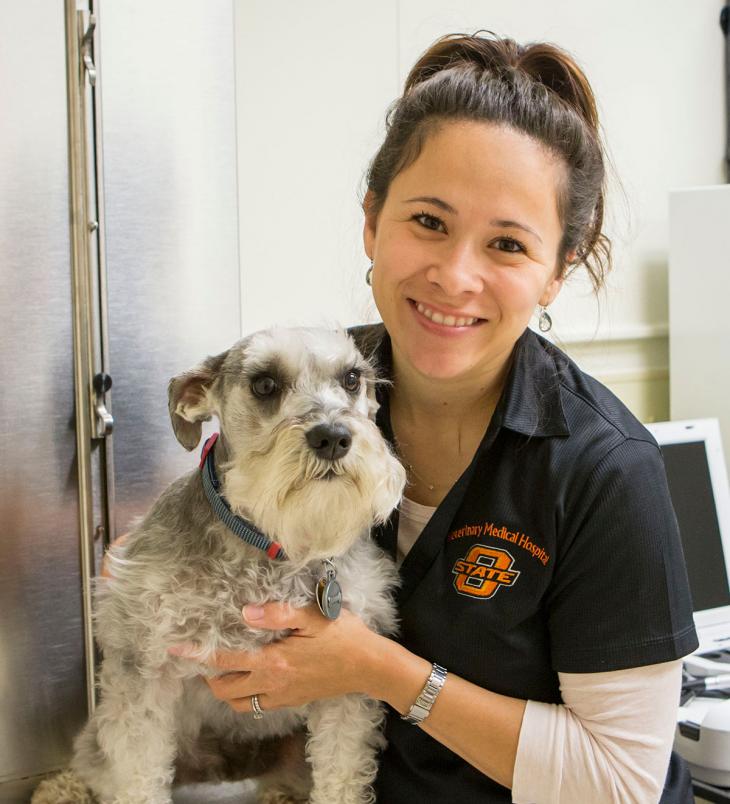
The Importance of Wellness Exams
Wednesday, February 14, 2018
Veterinarians and the American Veterinary Medical Association recommend regular wellness exams for the same reason your physician and dentist recommend them – to detect a problem in its earliest stages.
Early detection can save your pet from needless suffering. Our pets are very good at hiding their problems from their owners. In the wild remember that a visibly sick animal is more likely to be attacked by a predator.
Early detection can also provide owners and their pets with more treatment options and potentially higher rates of success in managing the problem.
Here’s what you can expect from your veterinarian during your pet’s wellness exam.
A health history of your pet will be taken. How is he feeling—spunky, lethargic? Is her behavior normal? What is your pet’s diet? Is his appetite normal? Is she on any medications or supplements?
Your veterinarian will look at your pet to determine if it is behaving and acting normal. Is the pet aware of its surroundings or showing any signs of pain or illness?
Next your veterinarian will do a nose to tail exam starting at the head and working his or her way back.
When looking at the pet’s mouth, your veterinarian will be looking at the teeth and gums to make sure they are normal. Is the pet’s nose symmetrical? And is the pet’s nose or chin free of lesions or sores?
The eyes are checked by utilizing an ophthalmoscope just like those used by your human eye doctor. The veterinarian is making sure there are no spots or lesions and no cloudiness or inflammation present.
As your veterinarian examines your pet’s external ear, he/she is looking for any signs of redness or discharge. He/she wants to make sure the pet is comfortable when its ears are touched.
The veterinarian will use an otoscope to look down inside the pet’s ears to check for any wax buildup or an infection.
Next your veterinarian will feel several sets of lymph nodes on your pet to check for any swelling. Your vet will feel underneath the chin or along the pet’s neck for any lumps or bumps.
In addition, your veterinarian will feel for any scabs, sores or bumps on your pet’s skin.
Starting with the front legs, the vet will look at the feet, check the nails to see that they are healthy and evaluate the pads. Then he/she will flex the legs to feel the joints and look for any signs of pain or swelling.
Next, the veterinarian will listen to the pet’s chest and heartbeat. He/she will also listen to the lungs to make sure they are breathing normally. You want to make sure your pet doesn’t have any crackles or wheezes.
Your veterinarian will palpate your pet’s stomach area to make sure it is not tense and there is no pain. Your veterinarian will feel for masses or tumors.
A rectal temperature will be taken to monitor for any inflammation or infection.
Finally, your veterinarian will palpate your pet’s spine. Starting at the tail and moving up toward the head, the vet will apply gentle pressure along the back. He/she will be looking for any areas where the pet is tense or painful. At the head area, the vet will move the pet’s head and neck in each direction just to make sure there are no problems.
Take your pets to the veterinarian once a year for a routine physical exam to help keep your pet happy and healthy. As the saying goes, an ounce of prevention is worth a pound of cure.
by Elisabeth J. Giedt, DVM
Veterinary Viewpoints is provided by the faculty of the OSU Veterinary Medical Hospital. Certified by the American Animal Hospital Association, the hospital is open to the public providing routine and specialized care for all species and 24-hour emergency care, 365 days a year.
